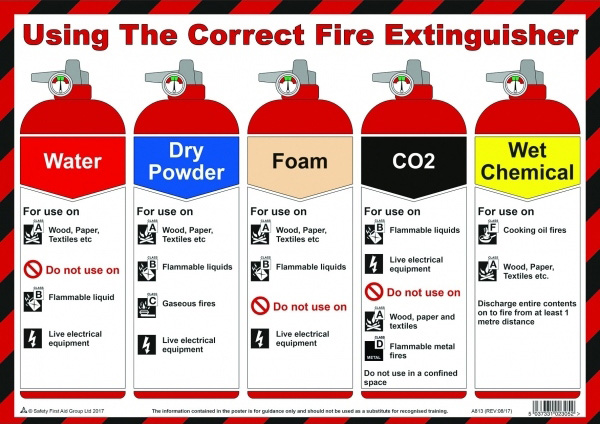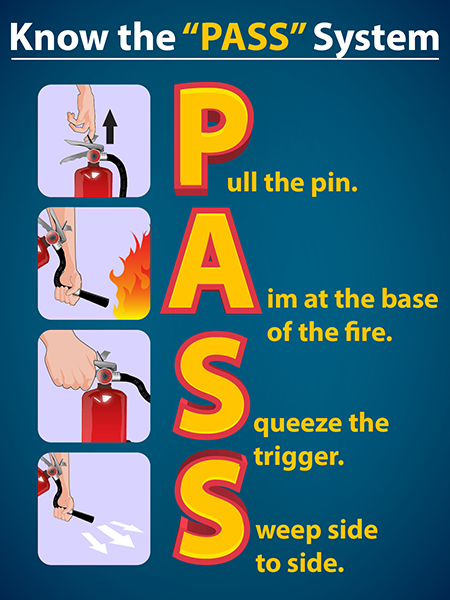|
|
| Upcoming Events |
| There are currently no events |
| View All Events |
| 2025 Incidents | |||
| Month | Fire Calls | Officer Calls | Fire Police |
| Jan | 84 | 1 | 0 |
| Feb | 67 | 5 | 3 |
| Mar | 31 | 0 | 2 |
| Apr | 53 | 0 | 1 |
| May | 58 | 0 | 5 |
| Jun | 58 | 2 | 5 |
| July | |||
| Aug | |||
| Sept | |||
| Oct | |||
| Nov | |||
| Dec | |||
| Total | 351 | 8 | 16 |
| Past Incidents | |
| 2024 | 718 |
| 2023 | 673 |
| 2022 | 734 |
| 2021 | 658 |
| 2020 | 566 |
| 2019 | 520 |
| 2018 | 598 |
| 2017 | 503 |
| Web Counters | ||||||
|
Fire Extinguisher Safety Tips and Information
A fire extinguisher is a hand-held, cylindrical pressure vessel, typically made of steel or aluminum, that contains an agent designed to extinguish fires. There are two primary types:
The most widely used extinguishers contain dry chemicals like mono ammonium sulfate, sodium bicarbonate, or potassium bicarbonate, all considered non-toxic. Types of Fire Extinguishers There are five main types of extinguishers, each designed to combat different types of fires:
Multipurpose fire extinguishers, labeled "A-B-C" or "B-C," can handle various fire types, making them ideal for home use. These can typically be purchased at most home improvement stores. When to Use a Fire ExtinguisherFire extinguishers are most effective for small, contained fires. Before using one, ask yourself the following:
Operating a Fire Extinguisher: The PASS Method
Fire Extinguisher MaintenanceRegular maintenance ensures your extinguisher is ready when needed. Check extinguishers when changing smoke detector batteries:
Recycling Fire ExtinguishersFire extinguishers under pressure can pose hazards, particularly older models made before the 1960s, which may contain harmful substances like carbon tetrachloride, a known carcinogen. If you have such an extinguisher, contact local authorities for safe disposal instructions.
Disposal of Empty Fire Extinguishers
For non-empty extinguishers, discharge the contents safely before recycling:
Recycling LocationsFire extinguishers can be recycled at the following locations (please ensure they are completely discharged):
For more information or to suggest updates, contact the Lower Providence Fire Department’s Assistant Chief at 610-539-5408. |

.png) What is a Fire Extinguisher?
What is a Fire Extinguisher?
 If all these conditions are met, it's safe to use a fire extinguisher. If unsure or if the situation escalates, evacuate and call 911.
If all these conditions are met, it's safe to use a fire extinguisher. If unsure or if the situation escalates, evacuate and call 911.